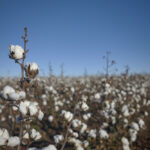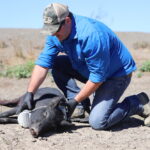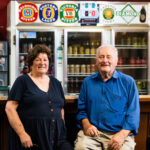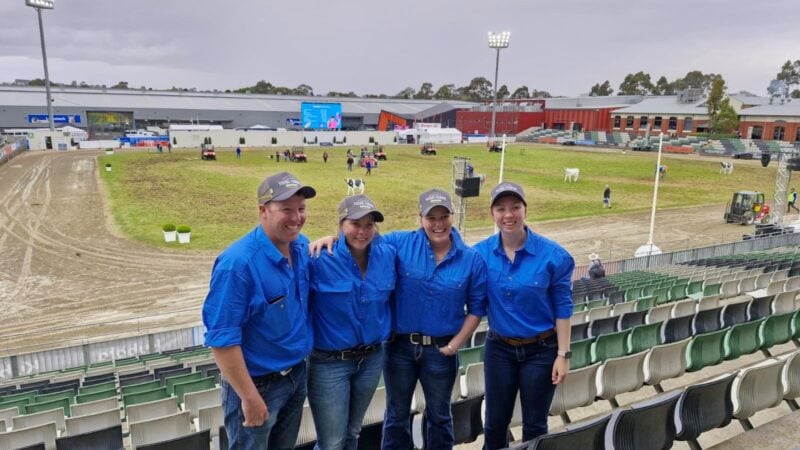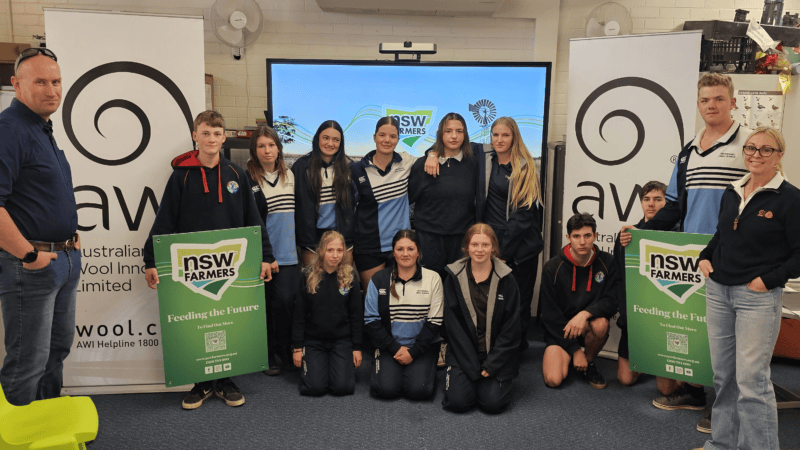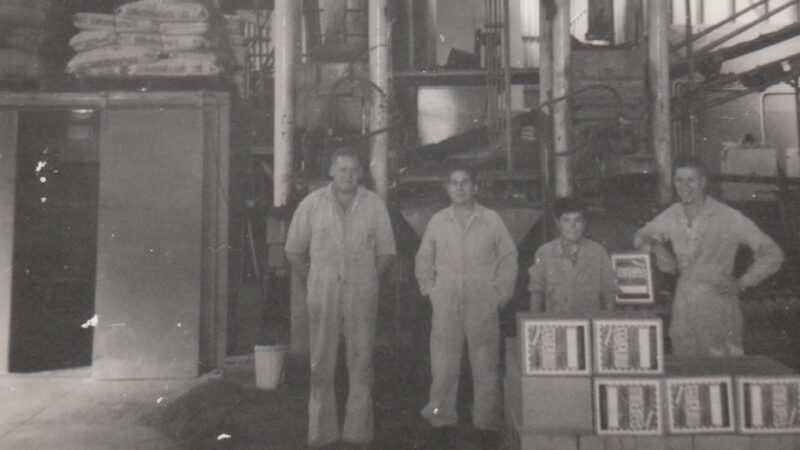Dry land, irrigation, integrated pest management, crop rotation. Most of these words and terms are…
Making investment in regional NSW work
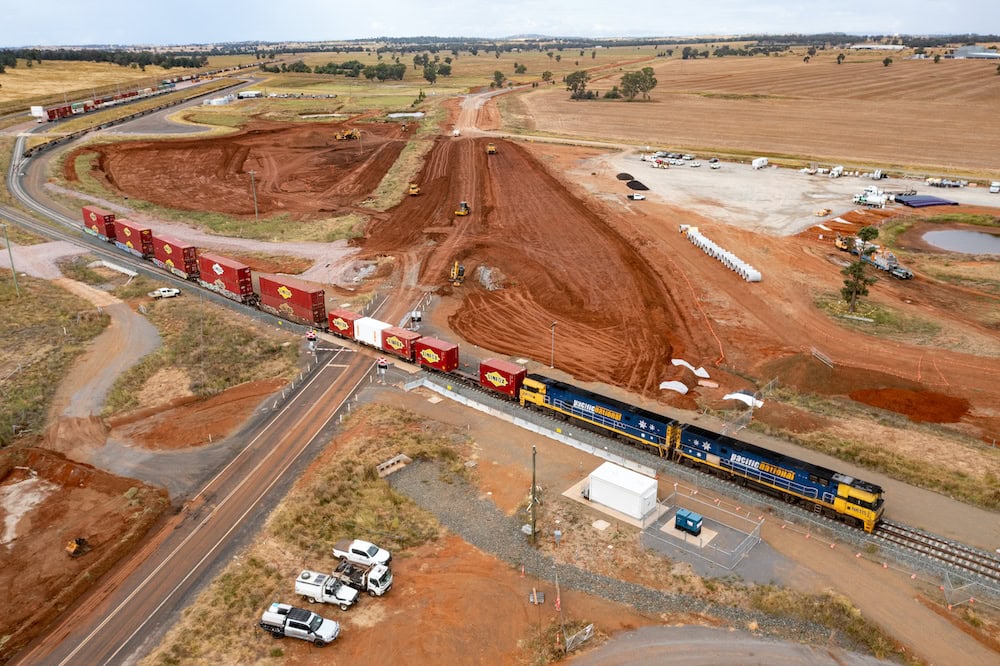
A $2 billion regional growth fund. Special Activation Precincts. Renewable Energy Zones. Regional tourism funding. A regional job creation fund.
There is a lot to the NSW Government�s strategy for boosting regional investment and much of it favours the NSW Farmers� aspiration of a $30 billion Ag sector by 2030.
NSW Farmers has welcomed the diverse menu of regional funding but says there are more ingredients needed to help local food and fibre production to reach that goal. They are outlined in the Australian Farm Institute�s 2021 Stronger ag sector, stronger regions report, which identified the central themes of connectivity, infrastructure and farm workforce certainty as the priorities for government investment and intervention.

The NSW Farmers� pre-budget submission for the 2022-23 NSW Budget carries the same themes, and includes additional ingredients such as resolving land use conflict, R&D investment and building farm business resilience.
According to NSW Farmers Chief Executive Officer Pete Arkle, supporting �engine� industries like agriculture are vital to the state�s post-COVID economic recovery. �There are significant challenges, however, such as supply chain and competition issues and workforce challenges that have come to the fore during the pandemic,� Pete says.
�On the workforce front, the diversity of career paths and the clear need to fill a range of agricultural positions present an investment opportunity for the NSW Government as it focuses on a job-driven recovery from COVID.�
Deputy Premier and Minister for Regional NSW Paul Toole told The Farmer that the government�s diverse regional investment strategy will improve supply chain efficiency and telecommunications, and inspire more agricultural career pathways.
Minister Toole says that investing in regional infrastructure such as the Special Activation Precincts (SAPs) and transport connectivity are key elements in the government�s regional investment ambitions.
�A strong focus in the planning and coordination of the SAPs has been having good rail and road connectivity,� he says. �For example, the Moree SAP will leverage off the investment in the Inland Rail project and the Parkes SAP positions the region as a strategic location for the distribution of freight between Australia�s five largest cities.�
The Government plans to develop six SAPs with Parkes being the most advanced. Moree is in the first construction phase while master plans are being drafted for Narrabri, the Snowy Mountains, Wagga Wagga and Williamtown.
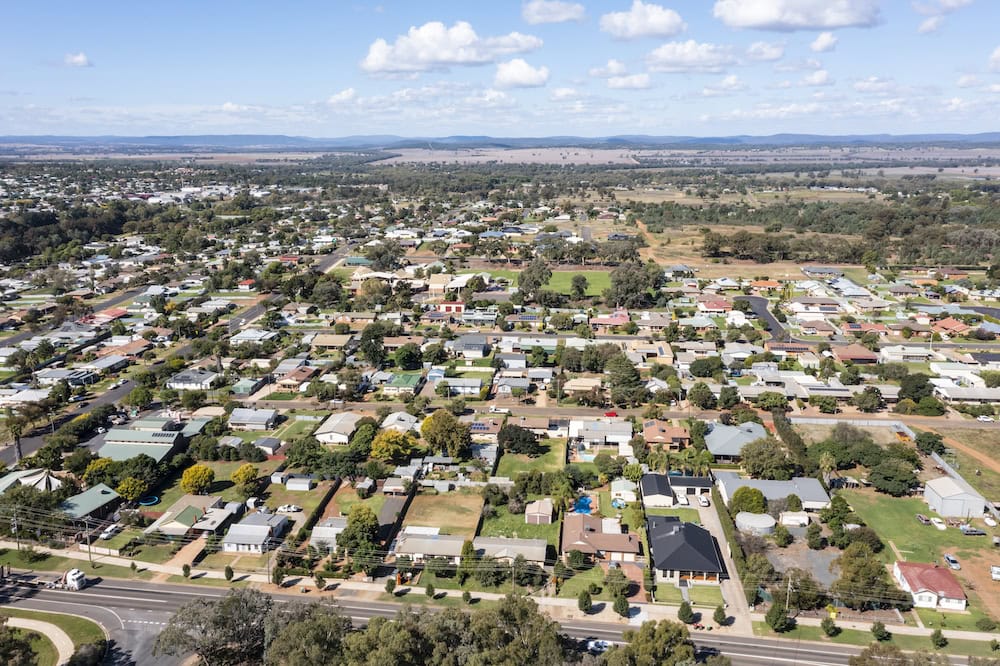
The SAPs are being delivered by the Regional Growth NSW Development Corporation and funded by the $4.2 billion Snowy Hydro Legacy Fund.
�There is no doubt that the Special Activation Precincts are going to play a big part in growing investment in our regions,� Minister Toole says.
�They are not only going to benefit the communities they are based in, but they will also drive investment into the regions from across the globe.
�We are already seeing this with the Parkes SAP. We�ve already built the infrastructure around it � the roads, sewage, telecommunication � and we already have a global plastics recycling company called Brightmark investing $260 million.�
US-based Brightmark plans to bring Australia�s first advanced plastics recycling facility to the Parkes precinct, creating one hundred new jobs.
The company will use its waste solution technology to divert up to 200,000 tonnes of plastic waste from landfill to create oil, fuel, wax and new plastics, in line with the precinct�s circular economy and sustainability goals. Construction of the facility is planned to start in 2023 and it will be operational by 2025.
�This investment will have some benefits for the agriculture sector. The SAPs do have a focus on creating more opportunities for food and fibre production because agriculture is such a critical industry for regional NSW.
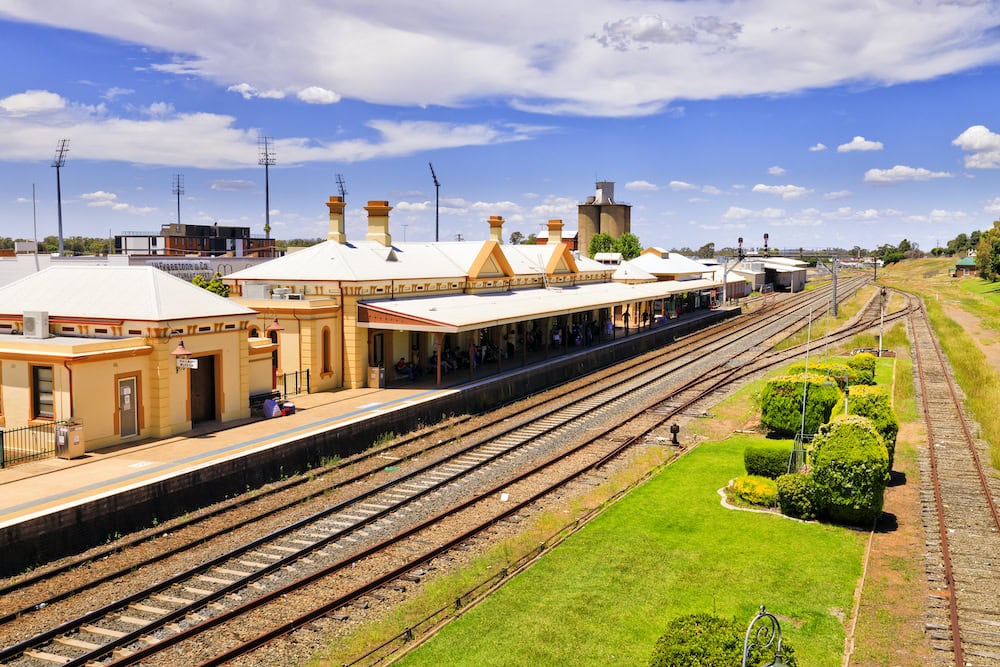
�The central west is already home to around 18 per cent of the State�s food processing workers, so there is also a focus on freight and logistics at Parkes, as well as value adding opportunities.�
Paul says he expects investment in processing and value-adding of agricultural produce to be a feature of the Moree SAP, which received funding in March to commence the first stage of development.
�We are already seeing early market interest in the Moree SAP and a number of them are from businesses related to agri-food processing and that�s exciting for the region.
�We have committed $194 million towards infrastructure that will leverage the benefits of the Inland Rail and bring investment into Moree and surrounding areas, building on the region�s already thriving agricultural industry.�
The first stage of delivery will open around 950 hectares to support the development of land with new and upgraded roads, gas, telecommunications, water, electricity, storm water and wastewater infrastructure.
�We are also doing early works to identify a suitable site for the Narrabri SAP, which will also focus on agribusiness investment,� Paul says.
�The one thing that COVID showed us is how critical it is to have more of our manufacturing back in Australia. We have the raw materials, now we need manufacturing and processing near to where they are produced.
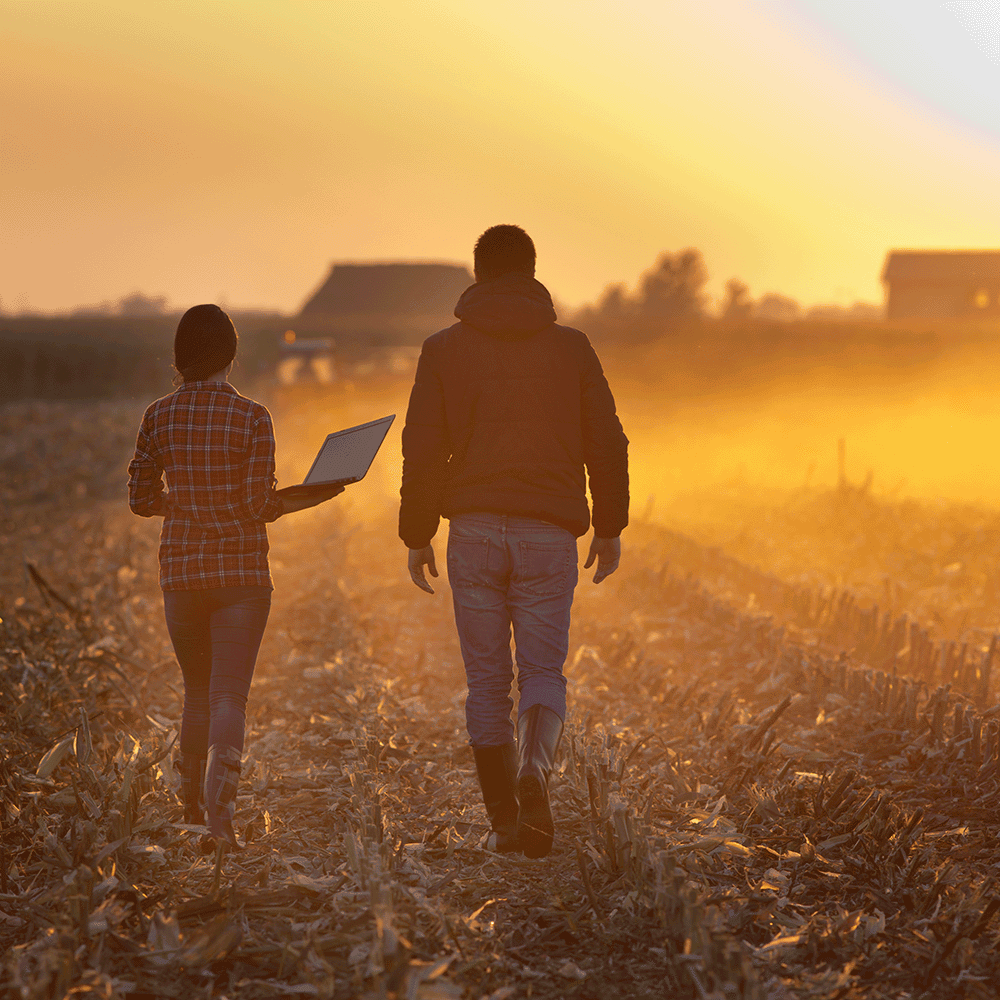
�Because we�ve been able to speed up the planning process and we�ve been getting the infrastructure in place, businesses are willing to invest in our regions so they can be closer to raw products.
�And these are jobs of the future that are being created in the background, and they will encourage people to stay in the regions. It really is an exciting time for regional NSW.�
Giving the Green light for Tamworth�s 246-Hectare Global Gateway Park
All three levels of government are contributing to developing the Tamworth Global Gateway Park on a 246-hectare site to encourage large scale commercial investment and boost jobs in the region over the next two decades.
The Tamworth Global Gateway Park is the centrepiece of Tamworth Regional Council�s Blueprint 100 strategy, which aims to achieve a population growth target of 100,000 by 2041 in line with the NSW Government�s plan for the state.
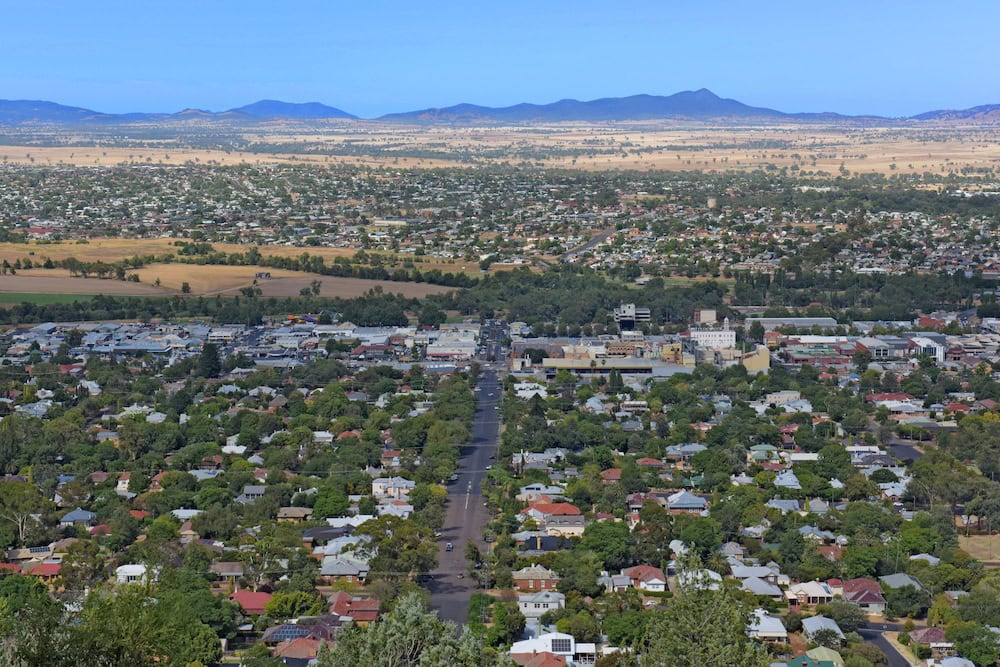
Works are underway with an $11 million investment into trunk stormwater drainage for the site, with 83 per cent of Stage One lots already sold or under contract.
The development includes a purpose-built rail freight intermodal facility to be operated by Qube Holdings, connecting local industry directly to international markets via the Port of Botany and Port of Newcastle.
When completed, investment into the new development including significant contributions from the Australian Government and NSW Government will total around $100 million.
Riverina Fresh for a century more
A digital transformation has set up Wagga Wagga dairy processor Riverina Fresh for another 100-year journey of value-adding and marketing fresh milk from local dairy farmers.
The Australian owned processor has achieved the rare feat of a century in the dairy business this year thanks to the work of generations of dairy farming families and recent supply chain innovations.
Australia�s love for specialty coffees has also played a key role in more recent chapters of its success story, with the Riverina Fresh brand proving popular amongst baristas.
CEO Rob Collier said recent investment in smart IoT technology and innovation to improve supply chain efficiency has also been an important chapter.
�Some of our processing infrastructure is not state of the art but is great gear. So, we overlayed technology and software over existing equipment, which was a cost-effective way of improving efficiency in that part of the supply chain,� Rob says.
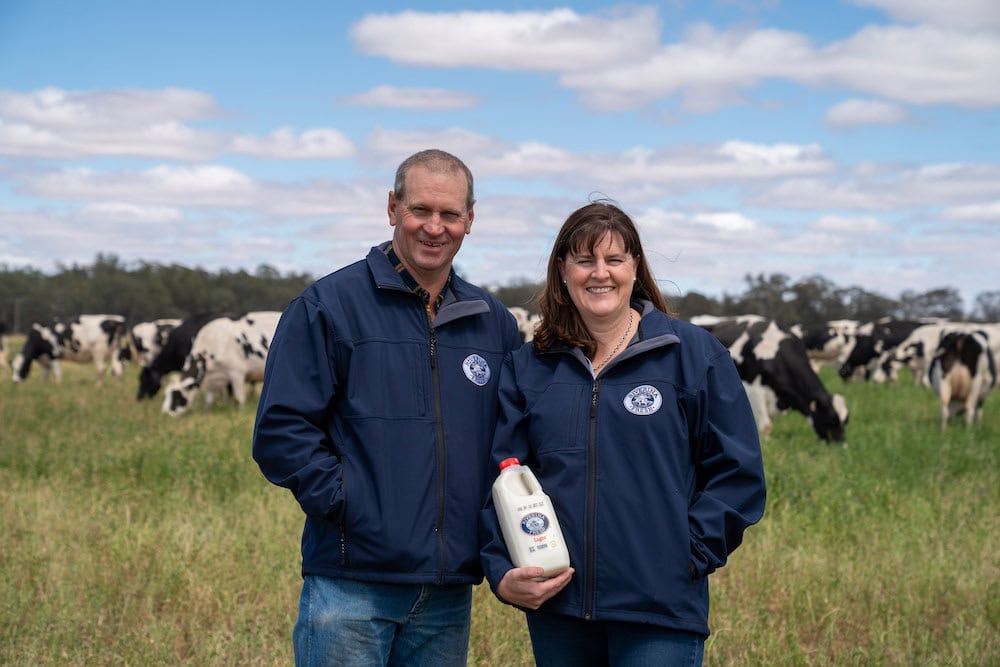
�We are bringing smart technology and innovation to each section of the supply chain and that is one that has been very successful at a plant level.
�What is also relatively new to the business is that we have acquired some distribution businesses in Melbourne and Sydney.�
Rob says IoT technology and new mapping and ordering software have also been applied to this part of the supply chain.
�That may not seem significant, but for a regional businesses like ours it is. A large part of our business is servicing caf�s and restaurants and this investment brings us closer to our key customers and they have very specific delivery requirements.
�The investment also helps brings end to end visibility of our products, connecting our farmers with baristas and caf� owners.
�Working directly with the coffee industry has given them direct feedback from baristas and roasters that say, �we care about what you do�, and �we want to present your milk to the world�.�
Rob says there were no plans for further acquisitions of distribution businesses.
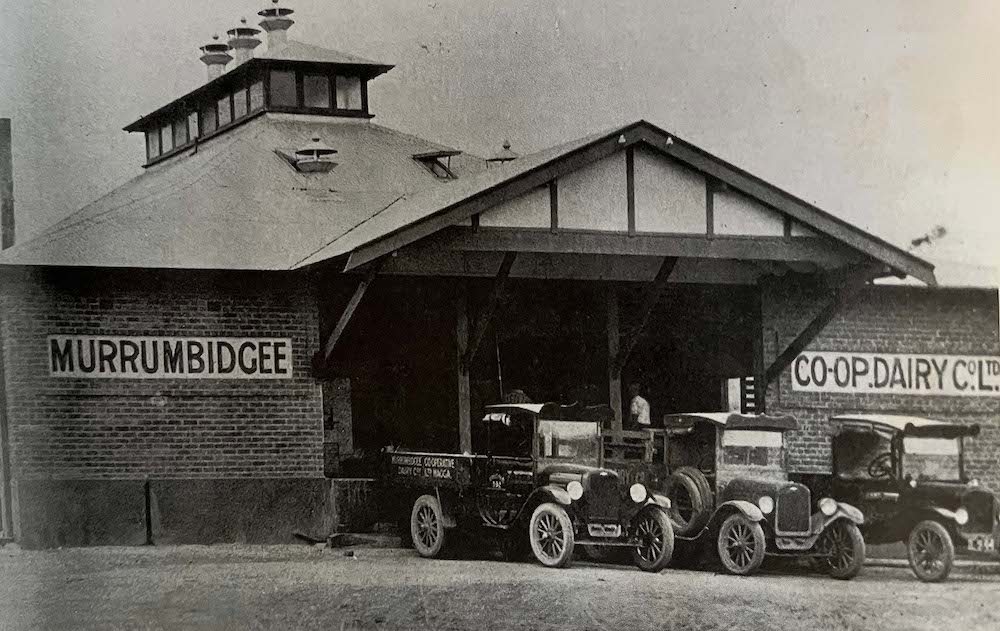
�It�s different on a local level. The local vendors are typically a smaller family business that are part of the fabric of the Riverina, and they are some of our best ambassadors for the Riverina Fresh brand.�
Wagga Wagga dairy farmer and NSW Farmers member Simone Jolliffe said they are fortunate to have a local, Australian owned processing facility.
�For us, it�s very much about Riverina Fresh being a local business,� Simone says.
�We are really proud to have a local facility in Wagga Wagga that does a great job of value-adding and marketing the fresh milk that we produce.
�It is such an important business for the region. It supports our farm employees, the many employees at Riverina Fresh and all the caf�s that we supply.�
If you enjoyed this feature on investment in NSW, you might like our feature on innovations in ag.


